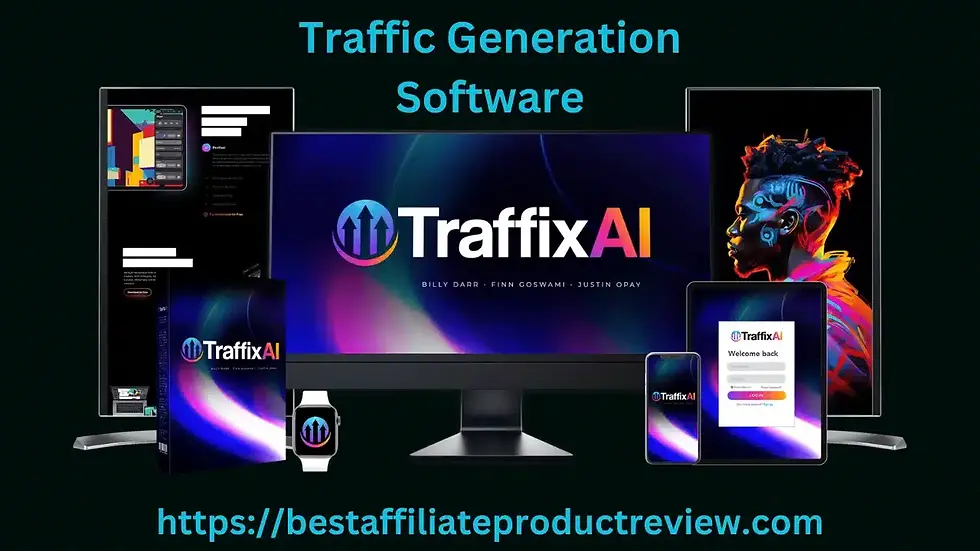The Cost Factor: Budgeting for Cloud Services in AI Gaming Development
- Tanmay Biswas
- Apr 24, 2024
- 3 min read

Cloud services play a crucial role AI in gaming development, providing developers with the scalability, flexibility, and computing power needed to create immersive and intelligent gaming experiences. However, the cost of cloud services can vary significantly depending on factors such as usage, resource allocation, and pricing models. In this article, we will explore the cost factor in cloud services for AI gaming development, highlighting strategies for budgeting and optimizing costs effectively.
Understanding Cloud Costs
Before diving into budgeting strategies, it's essential to understand the key factors that contribute to cloud costs in AI gaming development. These factors include:
Compute Resources: The cost of compute resources, such as virtual machines, GPUs, and TPUs, used for training AI models and running gaming servers.
Storage: The cost of storing data and game assets in the cloud, including object storage, block storage, and database storage.
Data Transfer: The cost of transferring data between cloud regions, services, and external networks.
AI Services: The cost of using AI services, such as machine learning, natural language processing, and computer vision, provided by cloud providers.
Networking: The cost of network bandwidth, routing, and traffic management for gaming services and player interactions.
Budgeting Strategies
To effectively budget for cloud services in AI gaming development, developers can employ the following strategies:
Estimate Usage: Start by estimating the expected usage of compute resources, storage, and AI services based on project requirements and anticipated player traffic.
Monitor Usage: Continuously monitor cloud usage and costs using built-in monitoring tools and third-party solutions to identify trends, anomalies, and areas for optimization.
Use Cost Estimation Tools: Leverage cost estimation tools provided by cloud providers to estimate the cost of deploying and running AI models, gaming servers, and other services in the cloud.
Implement Resource Tagging: Tag cloud resources with labels and metadata to track usage and allocate costs accurately to different projects, teams, and departments.
Optimize Resource Allocation: Optimize resource allocation by right-sizing virtual machines, leveraging spot instances, and using reserved instances for predictable workloads.
Leverage Serverless Architecture: Consider using serverless architecture, such as AWS Lambda or Google Cloud Functions, for event-driven workloads to reduce costs and improve scalability.
Optimize Data Storage: Implement data lifecycle management policies to automatically archive or delete data that is no longer needed, reducing storage costs.
Use Cost-Effective AI Services: Choose cost-effective AI services and algorithms that meet project requirements without unnecessary overhead.
Negotiate Pricing: Negotiate pricing and discounts with cloud providers based on usage volume, commitment, and long-term contracts.
Cost Optimization Best Practices
In addition to budgeting strategies, developers can adopt cost optimization best practices to further reduce cloud costs:
Monitor and Analyze: Continuously monitor and analyze cloud usage and costs to identify inefficiencies, unused resources, and opportunities for optimization.
Automate Workflows: Automate repetitive tasks, such as provisioning, scaling, and monitoring, to reduce manual effort and minimize human error.
Use Cost Allocation Tags: Use cost allocation tags to track and allocate costs accurately to different projects, teams, and departments for accountability and cost transparency.
Implement Policies and Controls: Implement policies and controls to enforce cost-saving measures, such as resource limits, budget alerts, and spending thresholds.
Optimize Data Transfer: Optimize data transfer costs by minimizing unnecessary data transfers, leveraging content delivery networks (CDNs), and using compression techniques.
Explore Cost Optimization Tools: Explore cost optimization tools and services provided by cloud providers, such as AWS Cost Explorer or Google Cloud Cost Management, to analyze usage patterns and identify cost-saving opportunities.
Conclusion
In conclusion, budgeting for cloud services in AI gaming development requires careful planning, monitoring, and optimization to control costs effectively. By understanding the key factors that contribute to cloud costs, employing budgeting strategies, and adopting cost optimization best practices, developers can maximize the value of cloud services while staying within budget constraints. With the right approach to cost management, developers can create immersive and intelligent gaming experiences that delight players while minimizing cloud costs.







Comments